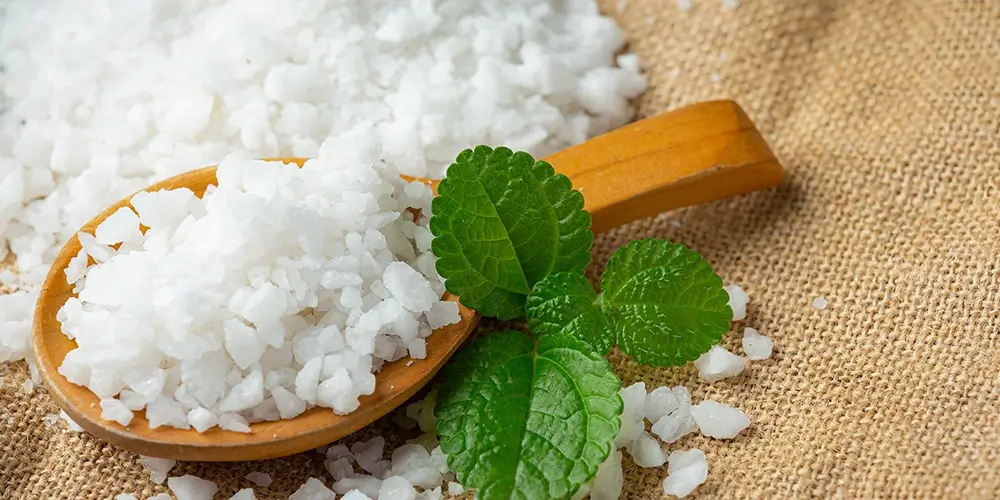
In a world that’s constantly moving at an unrelenting pace, the pursuit of holistic wellness has emerged as a beacon of hope, offering a balanced and integrated approach to achieving optimal health. Holistic wellness delves beyond the mere absence of illness; it encompasses a state of complete well-being that involves the harmonious integration of mind, body, and spirit. This comprehensive approach recognizes that these aspects of our being are interconnected and interdependent, and nurturing them collectively leads to a higher level of vitality and fulfillment.
Understanding Holistic Wellness
At its core, holistic wellness goes beyond traditional medical models that often focus on treating symptoms in isolation. It takes into account the interconnectedness of all aspects of an individual’s life. This includes physical health, mental well-being, emotional equilibrium, and spiritual alignment. Achieving holistic wellness isn’t about achieving perfection in each of these areas but about finding a sustainable balance that supports overall vitality.
The Mind-Body-Spirit Connection
Mind: The mind is a powerful force that governs our thoughts, emotions, and beliefs. Positive mental health is essential for holistic wellness. Practices such as mindfulness meditation, cognitive-behavioral therapy, and journaling can cultivate mental clarity, emotional resilience, and a healthy self-image.
Body: Physical health forms the foundation of holistic wellness. A nourished body is better equipped to deal with the stresses of daily life. This involves a balanced diet, regular exercise, adequate sleep, and preventive health measures. Yoga, tai chi, and other mindful movement practices can promote physical flexibility, strength, and relaxation.
Spirit: Spiritual well-being is often misconstrued as religious affiliation, but it goes beyond that. It’s about finding meaning and purpose in life, cultivating gratitude, and connecting with something greater than oneself. This might involve religious practices, spending time in nature, or engaging in creative pursuits that ignite the soul.
Embracing Holistic Wellness
1. Mindful Eating and Nutrition
Holistic wellness starts with what we put into our bodies. A balanced diet rich in whole foods, fruits, vegetables, lean proteins, and healthy fats supports physical health. Mindful eating, which involves savoring each bite and paying attention to hunger and fullness cues, fosters a healthier relationship with food.
2. Physical Activity and Movement
Regular exercise is a cornerstone of holistic wellness. Engaging in activities you enjoy not only improves physical health but also boosts mood and reduces stress. Whether it’s a brisk walk, a dance class, or a session at the gym, finding movement that brings joy is essential.
3. Mental and Emotional Well-being
Prioritizing mental health is just as crucial as physical health. Practicing mindfulness meditation, deep breathing, and progressive muscle relaxation can help manage stress and anxiety. Engaging in hobbies, spending time with loved ones, and seeking professional help when needed contribute to emotional balance.
4. Cultivating Spiritual Alignment
Connecting with your inner self and the world around you can foster spiritual wellness. Engaging in meditation, prayer, or time in nature can help you find meaning and purpose. Remember, spirituality is a personal journey, so explore what resonates with you.
5. Social Connections
Human beings are inherently social creatures. Building and nurturing healthy relationships provides emotional support, reduces feelings of isolation, and contributes to overall well-being. Engage in meaningful conversations, spend time with loved ones, and participate in social activities that bring joy.
6. Restorative Sleep
Quality sleep is vital for holistic wellness. Create a calming bedtime routine, limit screen time before sleep, and ensure your sleep environment is conducive to rest. Prioritizing sleep enhances cognitive function, emotional resilience, and physical vitality.
7. Stress Management
Stress is an inevitable part of life, but how we manage it greatly affects our holistic wellness. Practice stress-reduction techniques such as yoga, meditation, progressive muscle relaxation, and even creative outlets like painting or playing a musical instrument.
The Journey to Holistic Wellness
Embracing holistic wellness is not a one-size-fits-all endeavor. It’s a dynamic and ongoing journey that requires self-awareness, intention, and consistent effort. As you embark on this journey, remember that small changes can have profound impacts. Start by setting realistic goals and gradually integrating them into your daily routine.
It’s important to acknowledge that setbacks and challenges are a part of growth. Be patient with yourself and celebrate each step forward. Seek guidance from healthcare professionals, wellness coaches, or counselors to navigate obstacles and maintain your commitment to holistic well-being.
In a world where demands on our time and energy can feel overwhelming, holistic wellness offers a roadmap to thriving in all aspects of life. By nurturing your mind, body, and spirit, you can achieve a state of optimal health that radiates vitality and fulfillment. Remember, you have the power to cultivate a life that is not only free from illness but abundant in well-being.















